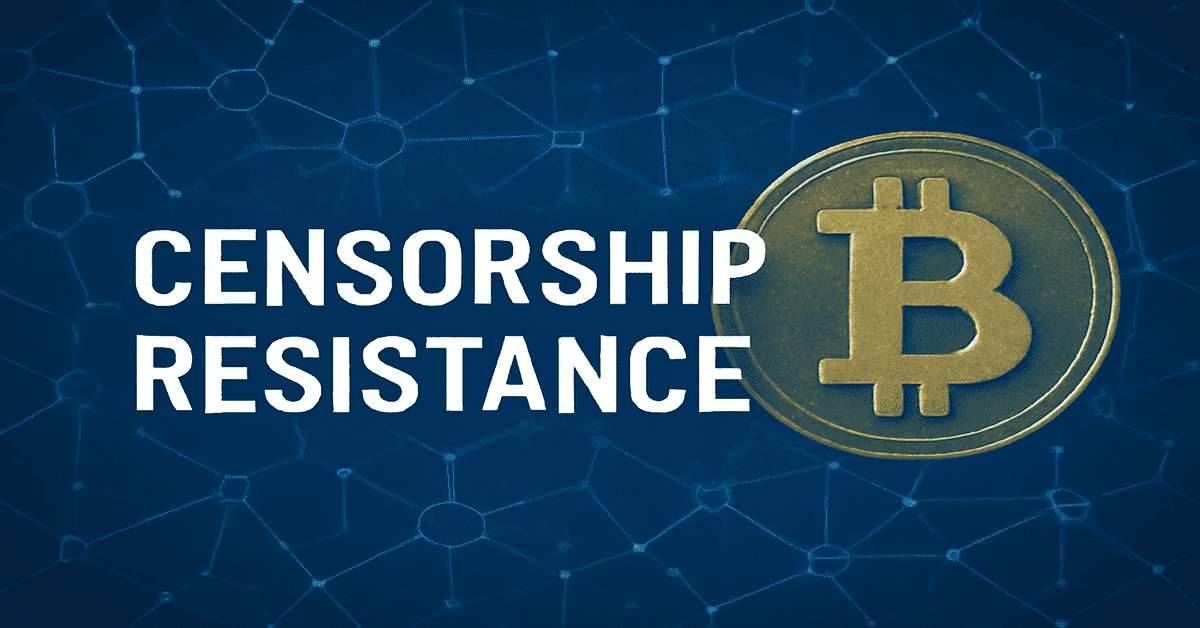
Censorship Resistance Explained: A Core Blockchain Feature
1. Understanding Censorship Resistance
1.1 Definition and Nature
Censorship resistance refers to the ability of a system to operate without interference from any organization, government, or third party. In the context of blockchain, this means users can freely transact, store, or share information without fear of being blocked or restricted.
1.2 Role in the Crypto Space
Censorship resistance is one of the most prominent features of blockchain technology. It ensures that users can retain full control over their assets, data, and access rights without being subject to the influence of traditional financial systems.
2. The Importance of Censorship Resistance
2.1 Financial Freedom for All
The ability to transact without needing permission from any central authority broadens access to financial tools for people in regions or groups with limited banking infrastructure.
2.2 Preventing Arbitrary Control
In centralized systems, user assets or data can be frozen, modified, or censored. Blockchain’s decentralized design minimizes this risk and empowers individuals.
2.3 Transparency and Immutability
Data recorded on the blockchain is public, immutable, and verifiable. This guarantees that no one can arbitrarily alter the transaction history.
2.4 Protection of Identity and Privacy
Tools such as anonymous wallet addresses, encryption protocols, and privacy-focused transactions help protect users' personal data on blockchain networks.
2.5 Secure and Uncensorable Data Storage
Decentralized storage systems like IPFS or Arweave allow users to upload information that cannot be deleted or censored, even by the service providers themselves.
3. Notable Blockchains with Censorship Resistance
3.1 Bitcoin – A Strong Decentralized System
Bitcoin is a prime example of censorship resistance, thanks to its Proof-of-Work consensus and globally distributed network that is difficult to control or shut down.
3.2 Ethereum – Ensuring Freedom with PoS
Even after transitioning to Proof-of-Stake, Ethereum retains strong censorship resistance due to its decentralized structure and robust developer community.
3.3 Solana and Binance Smart Chain – A Trade-off Between Speed and Decentralization
While Solana and BSC offer high transaction speeds and low fees, their architecture involves certain trade-offs in decentralization, which may reduce censorship resistance.
4. Conclusion
Censorship resistance is a foundational element that sets blockchain apart from traditional systems. It not only protects financial freedom but also fosters a fair, transparent, and secure environment for all users. When choosing a blockchain for usage or investment, this factor should be carefully considered.